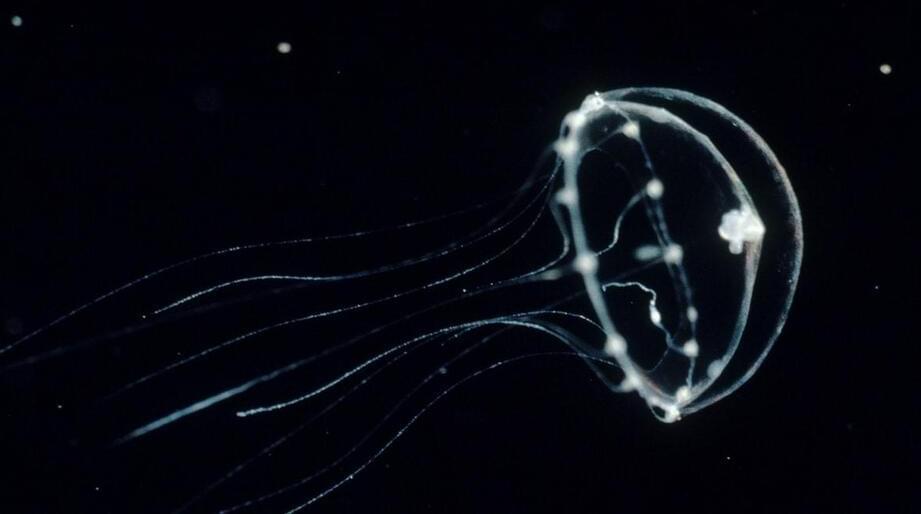This research can also offer a glimpse at how other forms of thinking might be organized. “It lets us get at this issue of what are the options for a nervous system or behavior,” Weissbourd says. It’s hard to put yourself into the mind of a jellyfish—their life cycle of polyps and spores is utterly alien, their weird array of sensory organs have no analogues to our own. Clytia have specialized balance organs called statocysts; other species of jellyfish have sensors called rhopalia that detect light or chemical changes in the surrounding water.
Researchers have observed some things that could be thought of as akin to our emotional states; for example, Clytia display a unique set of behaviors when spawning, and they perform their feeding action more quickly when they’re hungry. “But they might have a totally different set of nervous system states,” Weissbourd says.
These gene-tweaked jellies are an exciting new platform for research, says Sprecher. Future experiments will improve our understanding of modular nervous systems, not only in jellyfish but in more complex species too. These are ancient creatures, but we know so little about how they see the world, or if it even makes sense to think of them as “seeing” in the way that mammals do. Literally peering inside them could help provide the answers.










Comments are closed.